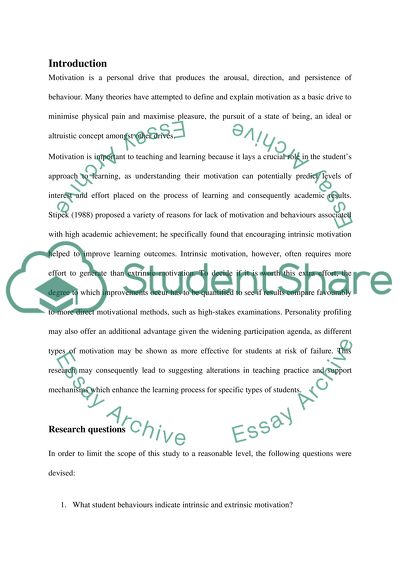Cite this document
(“Motivation to study and its implication in academic excellence Essay”, n.d.)
Motivation to study and its implication in academic excellence Essay. Retrieved from https://studentshare.org/miscellaneous/1558808-motivation-to-study-and-its-implication-in-academic-excellence
Motivation to study and its implication in academic excellence Essay. Retrieved from https://studentshare.org/miscellaneous/1558808-motivation-to-study-and-its-implication-in-academic-excellence
(Motivation to Study and Its Implication in Academic Excellence Essay)
Motivation to Study and Its Implication in Academic Excellence Essay. https://studentshare.org/miscellaneous/1558808-motivation-to-study-and-its-implication-in-academic-excellence.
Motivation to Study and Its Implication in Academic Excellence Essay. https://studentshare.org/miscellaneous/1558808-motivation-to-study-and-its-implication-in-academic-excellence.
“Motivation to Study and Its Implication in Academic Excellence Essay”, n.d. https://studentshare.org/miscellaneous/1558808-motivation-to-study-and-its-implication-in-academic-excellence.


